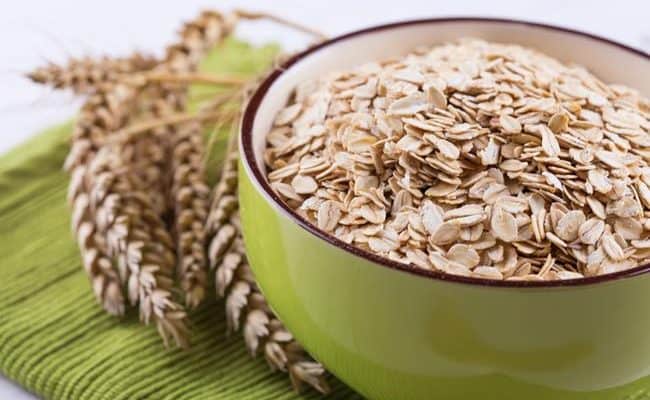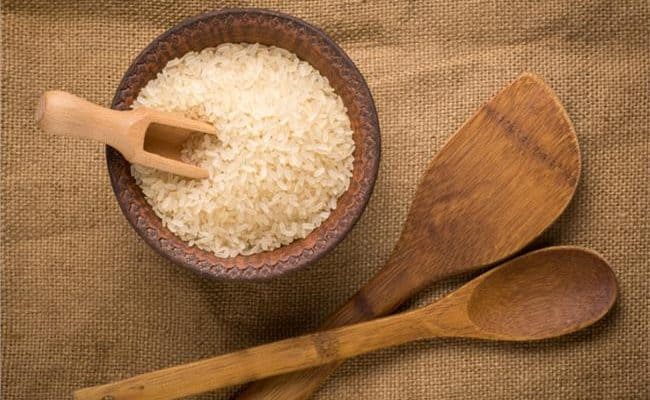
Most Americans are aware carrying extra fat can negatively impact health. However, where you store fat is also important. Carrying fat in the lower body, like the hips and thighs, does not have the same risks as carrying fat around the midsection.
Even if you are considered normal weight, having belly fat could increase risk for some chronic diseases. Belly fat increases inflammation and releases hormones called adipokines. These adipokines can interfere with processes in the liver and around the body.
According to a November 2015 USA Today article (1), a study found carrying extra belly fat is dangerous even for people who are at a healthy weight.
Total weight is not the only thing important for health; carrying belly fat is a high risk even if total weight is considered in the healthy range.
Men who had extra belly fat but were considered normal weight were twice as likely to die compared to men who were obese. This suggests it’s not just total weight that plays a role in health but where the fat is stored.
Losing belly fat can mean changing some lifestyle habits related to diet, exercise and sleep. The good news about belly fat is diet and exercise can have a direct influence on belly fat.
Here are some easy steps to take for losing belly fat and love handles.
Eliminating sugar
Once food is digested, the nutrients are able to be released into the bloodstream. Carbohydrates are broken down into glucose and released into the blood. When blood sugar levels rise, insulin gets released. Insulin is needed to bring sugar into body cells.
Insulin is needed to help get energy into body cells. Having high levels of insulin in the blood stream can increase risk for belly fat storage because another role of insulin is to promote fat storage.
Foods high in sugar can increase the level of blood sugar and insulin more than foods low in sugar. By eating a low sugar diet, insulin levels are lowered. This can be beneficial for losing belly fat and preventing fat gain in the midsection.
An easy place to eliminate sugar is to cut out sugary drinks. Soda, juice, coffee drinks, etc. are concentrated sources of sugar. Eliminate other sources of added sugar like sweets, cookies and chips.
If you really want to cut out all added sugars, cut out all processed or packaged food. Sugar is added to many foods as a preservative and cheap way to add flavor.
Increasing exercise
Exercise has many health benefits; one is helping to lower belly fat. Exercise can help prevent belly fat accumulation too.
A 2005 study (2) had 175 overweight adults exercise for 8 months. Participants were split into 3 groups: low amount moderate exercise, low amount vigorous exercise and high amount vigorous exercise.
Researchers found all exercise levels helped prevent belly fat accumulation, but the highest exercise group was the only group with a reduced level of belly fat after 8 months.
Any exercise is better than no exercise. Work on gradually increasing exercise through time, intensity or duration.
Baseline exercise recommendations can help prevent belly fat accumulation, but if you want to lose belly fat you may need to ramp up your amount of exercise.
Getting a combination of different types of exercise and intensities may be more beneficial than just doing the same exercise all the time.
A 2016 study (3) looked at the difference between adult men who exercised through regular gym exercise 4 days a week compared to men who exercised with a combination of high intensity interval training (HIIT) 2 days a week and regular gym exercise 2 days a week.
After 8 weeks, the HIIT lost significantly more belly fat after 8 weeks compared to the conventional group.
This suggests adding in some high intensity exercises in your workout routine could help lower belly fat more than only doing moderate exercise alone.
If you are starting out with exercise, speak with your doctor before starting exercise for individual recommendations.
Increasing fiber
One of the best ways to blast belly fat is to increase soluble fiber according to Wake Forest Baptist Medical Center (4). A study from Wake Forest Baptist Medical Center found for every 10 grams increased from soluble fiber, belly fat was reduced by 3.7 percent over 5 years.
How much is 10 grams of soluble fiber?
Two apples, one cup of peas and a half cup of pinto beans can equal 10 grams of soluble fiber.
Other sources of soluble fiber include: citrus fruits, oats, beans and vegetables.
Getting enough sleep
In 2005, only about 25% of American adults got 8 hours of sleep (5). While everyone may not need 8 hours of sleep every night, most American adults don’t get adequate nightly sleep for their body.
A 2006 study (6) found getting less than 5 hours of sleep a night was associated with increased risk of weight gain. Researchers found after 16 weeks, getting about 5 hours of sleep a night led to 1 kilogram of weight gain.
Getting too little sleep can affect metabolic rate, appetite regulation and the amount of hormones your body produces that regulate feelings of satiety.
To help your body lose belly fat, get adequate sleep. Even short term sleep deprivation can affect alterations in weight, so try to be consistent with getting enough sleep.
Conclusion
Losing belly fat can be important for health even if overall weight is considered in a healthy range. Belly fat can increase inflammation associated with many chronic diseases.
Belly fat can be sensitive to changes in controllable risk factors like diet, exercise and sleep patterns.
Easy steps to lose belly fat include cutting out sugar, especially sweet drinks, and adding more soluble fiber. Soluble fiber is found in oats, fruits, vegetables and legumes.
Increasing exercise can be very beneficial for losing belly fat, and some research has shown even more benefit by adding in some high intensity exercise throughout the week.
On top of eating a healthy diet and exercising, getting adequate sleep may help you get rid of belly fat.
When you don’t get enough sleep, appetite, satiety, food choices and metabolic rate can be affected. Chronic sleep deprivation can lead to increased risk of weight gain.











